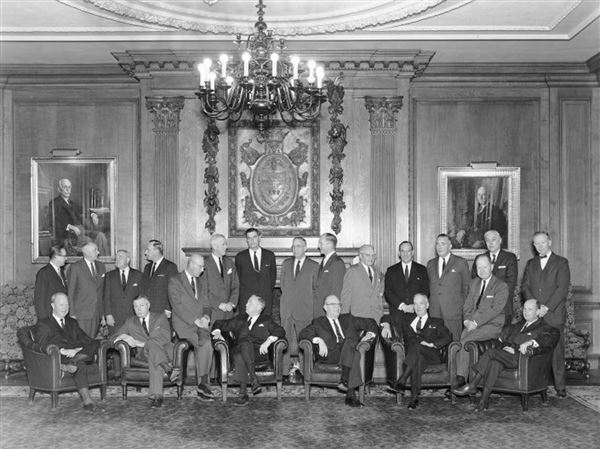For the past 25 years, I have worked as a medical/legal consultant with several plaintiff law firms in Pittsburgh that focus on medical malpractice claims. During those years, it has become apparent that some Western Pennsylvania hospitals and other healthcare facilities either gloss over or completely avoid any discussion with a bereaved family about postmortem examinations, especially in light of a questionable final diagnosis.
The word autopsy is defined as the examination of a body after death to determine the cause of death and the character and extent of changes produced by disease. A well-performed autopsy results in a 10- to 15-page document that describes an external examination of the deceased, an internal examination, including careful dissection of all organs, a microscopic examination of specific tissue, which may assist the pathologist in determining the cause and manner of death, and a toxicology examination to determine whether any drugs, alcohol, or other chemicals played a part in the patient’s death. Along with this critical document, an autopsy should encompass an examination of all recent medical records. By combining the information from all of these parts of an autopsy, a medical examiner or pathologist can construct an accurate final diagnosis in the paragraph that addresses “cause and manner of death.”
An autopsy is the furthest thing from the mutilation of a corpse. To a pathologist, it is akin to the clinical approach that physicians use to treat living patients. Pathologists review the medical history and hospital records of the patient, perform a detailed examination, and, if necessary, order specific tests. They communicate with all other physicians involved with the patient’s care to understand the course of treatment prior to the person’s death. Finally, they draft a clear and concise final diagnosis based upon all of the evidence. At the end of the process, all the organs are returned to the body for eventual viewing and final disposition.
When speaking to potential clients who think that their loved ones may have died due to some degree of medical negligence, it is not uncommon to hear statements such as “The hospital never spoke of an autopsy” or “The medical staff said, ‘you won’t need an autopsy, will you?’ ” Some hospitals state that the charges for an autopsy would be “way too much” or they ask how you are going to pay for such an examination. At that point, family members must ask themselves just how much they would be willing to pay to find out the truth. Many hospitals will perform a postmortem examination at no charge, so that pathology residents and medical students can learn from the procedure.
Shortly after a loved one’s death, relatives and friends are grief-stricken and often unable to respond thoughtfully to questions regarding an autopsy or choice of mortuary. However, families must keep in mind that a person’s death is usually caused by a single event or series of events that can be explained in a logical manner. If the explanation given by the doctors or hospital staff does not sound sensible, it is your right to ask for a better explanation. If this “new and improved” explanation still does not make sense or cover all the bases, the family should consider an autopsy. You do not need to give a reason for your request.
Despite the best efforts of the caring medical community in the Pittsburgh area, medical malpractice does occur. Most Western Pennsylvanians lack the knowledge to recognize when medical care has deviated from acceptable standards. But in most cases, all that is required to differentiate between good medical care and questionable treatment is common sense, along with the assistance of a pathologist or medical examiner.
Robert J. Pegritz grew up in Fayette County and now lives near Nickel Mines, Pa.
First Published: January 10, 2016, 5:00 a.m.














